Browse Primary Sources
Locate primary sources, including images, objects, media, and texts. Annotations by scholars contextualize sources.
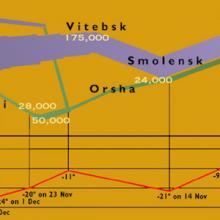
The Moscow Campaign 1812
Map depicting Napoleon's 1812 Russia campaign.
This source is a part of the The Napoleonic Experience teaching module.
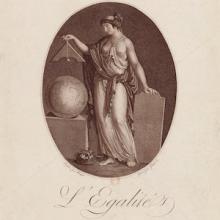
Equality
At the beginning of the French Revolution, the term "equality" meant an end to the legal differences that had characterized the Old Regime. For example, all individuals would be subject to the same regimen of taxation. Over the course of the decade, however, the Revolution radicalized, and equality expanded to encompass an end to many other sorts of differences, particularly economic ones.
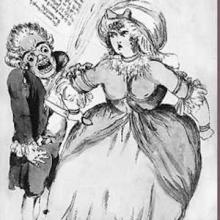
The Assassination of Marat by Charlotte Corday
In the fall of 1793, the radical journalist was confined to his bathtub by a paralyzing skin disease he had contracted while hiding from the police in the sewers. He nevertheless continued to pour out populist tracts and remained highly influential in the sections.
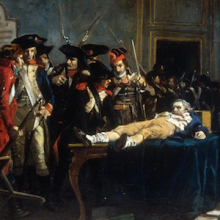
Robespierre 10 Thermidor—Exposition of 1877
This painting from 1877 shows in romantic style Robespierre dying in a large room, surrounded by soldiers and others. His shirt is bloodied and his left hand is on his chest; visible in the background is a tablet of the Declaration of Rights of Man and Citizen, suggesting that it was the cause for which Robespierre died. The image might be seen as a moment of secular apotheosis.
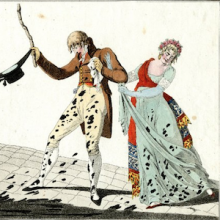
The Annoyance of Walking
French nobles had been used to riding in carriages or on horseback. Now, so radicals hoped, they could no longer afford to do so either financially or politically. The imagined response of this social elite reveals clearly to their attackers the worthlessness of such people.
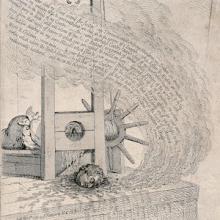
The Blood of the Murdered Crying for Vengeance
Yet another English image promising that the death of Louis will bring havoc on the French Revolution. This engraving indicates that the very blood of the King requires vengeance.
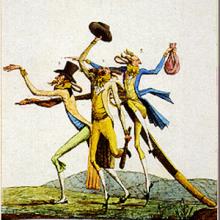
Description of the Chouans and Other Counterrevolutionaries
The counterrevolution was a very large movement that would over time engulf different parts of France from 1793 into the Napoleonic period. But it was not one thing, for many regions of different ideologies were involved. The most serious was the revolt in the west, including both the Vendée (especially during 1793–94) and the Chouans (strongest in 1795–96).
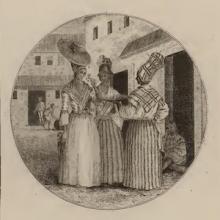
Enslaved and Free Blacks in Saint Domingue
This engraving pairs images of enslaved people and free blacks in four categories: dress, deportment, entertainment, and access to water. Although there are differences between the pairs, these are not as great as they might be.
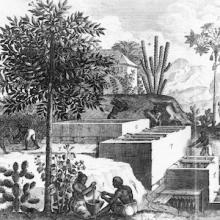
The Indigo Plant Farm
This print depicts and labels the essential components of a plantation producing indigo, a blue dye used for coloring cloth. Slaves are shown here working at different parts of the production process. In 1789, over 3,000 plantations in Saint Domingue produced indigo.

The Sugar Mill
This depiction of a sugar plantation in Saint Domingue emphasizes the grinding mill and refining vats. An overseer with a gun supervises the enslaved labor. By 1789 Saint Domingue excelled at sugar production, outpacing other French colonies and the British alike.
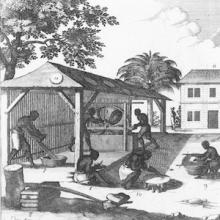
The Barnyard
As shown in this print, numerous activities of plantation life were carried out by enslaved people. This scene includes women and children, who formed a relatively small part of the enslaved population.

The Cap Français Fire
In June 1793, the French governor of Saint Domingue, Thomas–François Galbaud, tried to raise a revolt of the whites against republican commissioners sent from France. To defeat him, the commissioners promised freedom to the slaves who would fight on their behalf. Thousands of whites fled the northern town, which nearly burned to the ground.
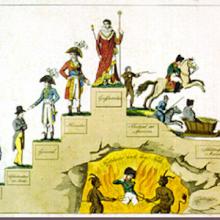
Progression of Napoleon’s Life
Even when they resisted Napoleon’s efforts to control their destinies, contemporaries of all European nations were fascinated by the Napoleonic legend unfolding before their eyes.
This source is a part of the The Napoleonic Experience teaching module.
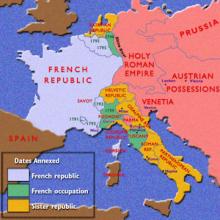
Revolutionary France 1799
Map of Europe in 1799 depicting Revolutionary France, territories occupied by French forces, and Sister Republics.
This source is a part of the The Napoleonic Experience teaching module.
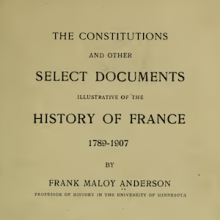
Making Peace with the Catholic Church, 1801–2
One of Napoleon’s first priorities was to reestablish good relations with the papacy, which had fought the revolutionary church settlement tooth and nail. Napoleon gained everything he desired in the Concordat: he appointed the bishops and archbishops of the French church, and all bishops had to swear an oath of fidelity to the French Republic.
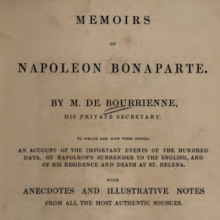
Bonaparte and Islam
Bonaparte’s secretary describes the religious practices, attitudes, and views of Bonaparte with regard to Islam. Accepting that the general curried favor with Muslims, he also hoped to deflect criticism of Bonaparte, claiming that what he did was good governance rather than bad Christianity, as his critics maintained.
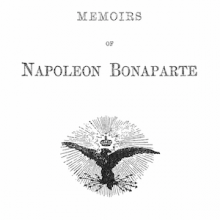
In Search of Glory: Bonaparte’s Bulletins
In this passage, Bonaparte’s secretary describes the importance and effect of Bonaparte’s propaganda in the form of the military bulletin from an army in the field. Glory and military virtue were emphasized; generals vied to be included.

The Battle of Waterloo as Seen by an Ordinary British Cavalryman
At the Battle of Waterloo, Dickson (1789–1880) was a corporal in a Scottish cavalry troop. He had enlisted in 1807. His reminiscences of the battle were written down by relatives years later.
This source is a part of the The Napoleonic Experience teaching module.
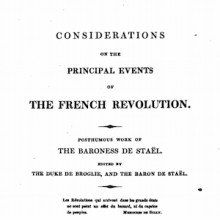
Germaine de Staël, A French Writer Exiled by Napoleon
De Staël was the daughter of Jacques Necker, Louis XVI’s Swiss Protestant finance minister. She published novels, literary tracts, and memoirs and became one of the best-known writers of the early nineteenth century. Napoleon exiled her in 1803. In the following excerpts, she describes her first meetings with him in 1797 and her judgment of the man.
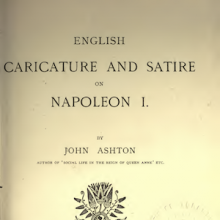
A Popular English Broadside (1821)
Some in the popular classes saw in Napoleon an opponent of monarchs.
This source is a part of the The Napoleonic Experience teaching module.